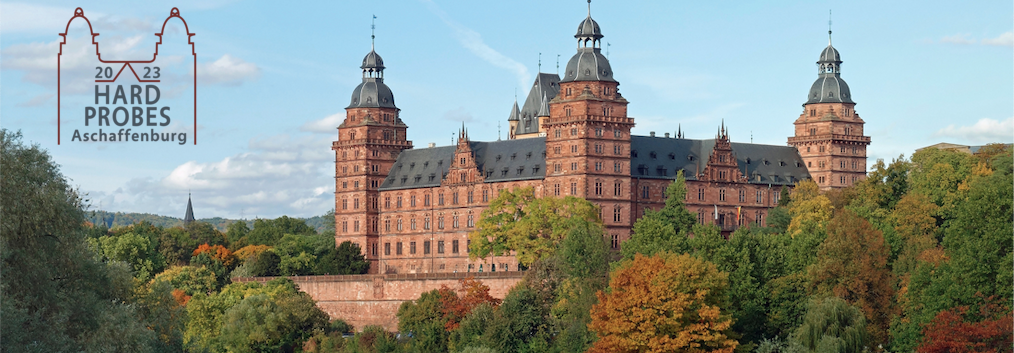Sprecher
Beschreibung
When an energetic parton traverses the hot QCD medium, it may suffer multiple scattering and energy losses. The medium-induced gluon radiation for a massive quark will be suppressed relative to that of a light quark due to the dead-cone effect. The development of new declustering techniques of jet evolution makes a direct study of the dead-cone effect in the QCD medium possible for the first time. In this work, we compute the emission angle distribution of the charm-quark initiated splittings in the D0 meson tagged jet and that of the light parton initiated splittings in inclusive jets in p+p and Pb+Pb at 5.02~TeV by utilizing the declustering techniques of jet evolution. When comparing the jet number normalized emission angle distributions of the charm-quark initiated splittings and that of the light parton initiated splittings by directly taking their ratios at the same energy intervals of the initial parton, one can find the charm-quark initiated splittings will be suppressed at smaller emission angle corresponding to the dead-cone effect. The dead-cone effect of the medium-induced gluon radiation can be directly observed. We further find that the dead-cone effect will broaden the emission angle of the splitting and reduce the possibility of such splitting occurring, leading to the massive parton losing less energy. Collisional energy loss will not obscure such observation. Also investigate the possible direct observable that help constrain heavy quark splitting function.
Affiliation
School of Mathematics and Physics, China University of Geosciences,
Wuhan 430074, China
Key Laboratory of Quark & Lepton Physics (MOE) and Institute of Particle Physics, Central China Normal University,
Wuhan 430079, China
Guangdong Provincial Key Laboratory of Nuclear Science, Institute of Quantum Matter, South China Normal University,
Guangzhou 510006, China
| Experiment/Theory | Theory/Phenomenology |
|---|
